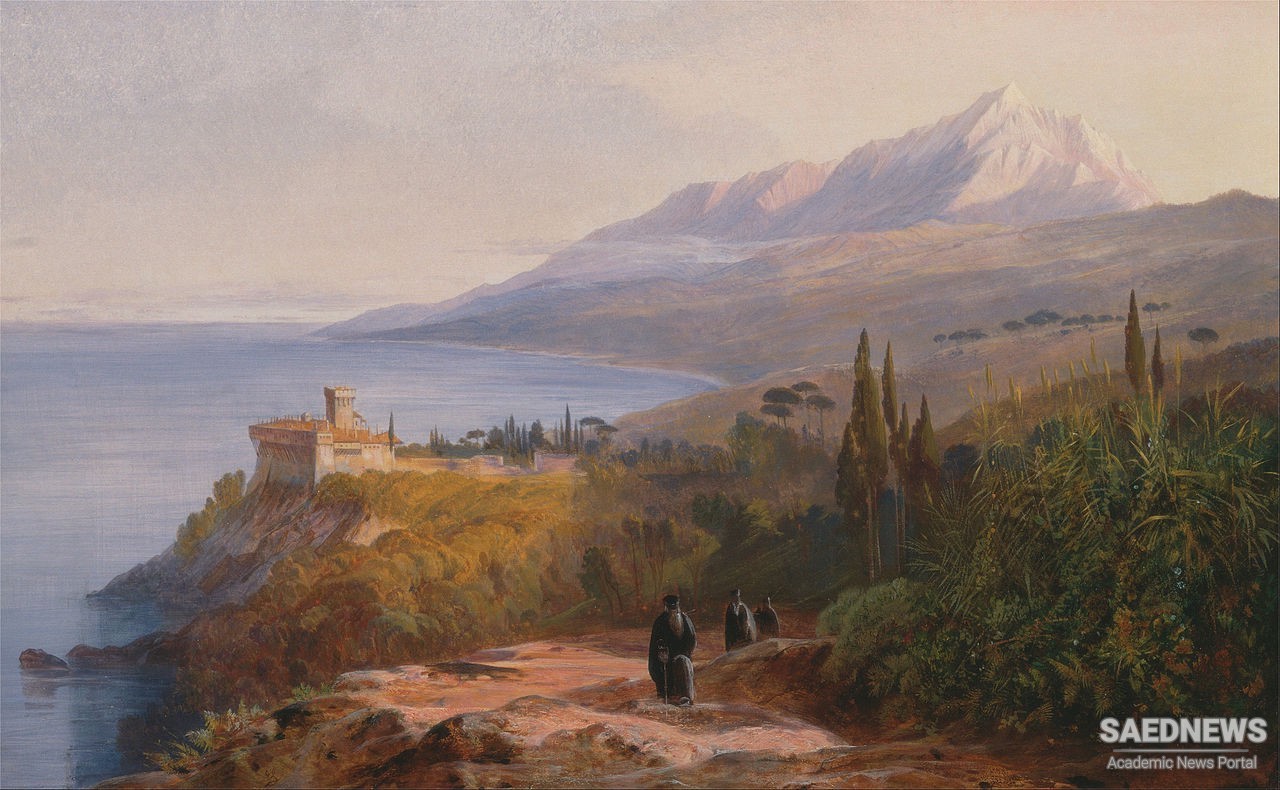Bubares (Greek: Βουβάρης, died after 480 BC) was a Persian nobleman and engineer in the service of the Achaemenid Empire of the 5th century BC. He was one of the sons of Megabazus, and a second-degree cousin of Xerxes I. From around before 483 BC and for three years, Xerxes I commissioned Bubares together with Artachaies for the construction of the so-called Xerxes Canal through the isthmus of the eastern foothills of the Chalkidike peninsula (near Ierissos). There, almost ten years before, the great Persian fleet of Mardonius had been shattered amidst the uneven waves of Mount Athos. The canal avoided the possibility of a repetition of this disaster. The construction of the canal was one of the most elaborate projects of antiquity and lasted three years, as workers were forcibly recruited from various peoples including the inhabitants of Athos. First of all he had now for about three years been making all his preparations in regard of Athos, p337 inasmuch as they who first essayed to sail round it had suffered shipwreck. Triremes were anchored off Elaeus in the Chersonese; with these for their headquarters, all sorts and conditions of men in the army were made to dig a canal under the lash, coming by turns to the work; and they that dwelt about Athos dug likewise. Bubares son of Megabazus and Artachaees son of Artaeus, Persians both, were the overseers of the workmen. Herodotus 7.22


 Sataspes the Leading Explorer and Geologist in Ancient Persia
Sataspes the Leading Explorer and Geologist in Ancient Persia














































